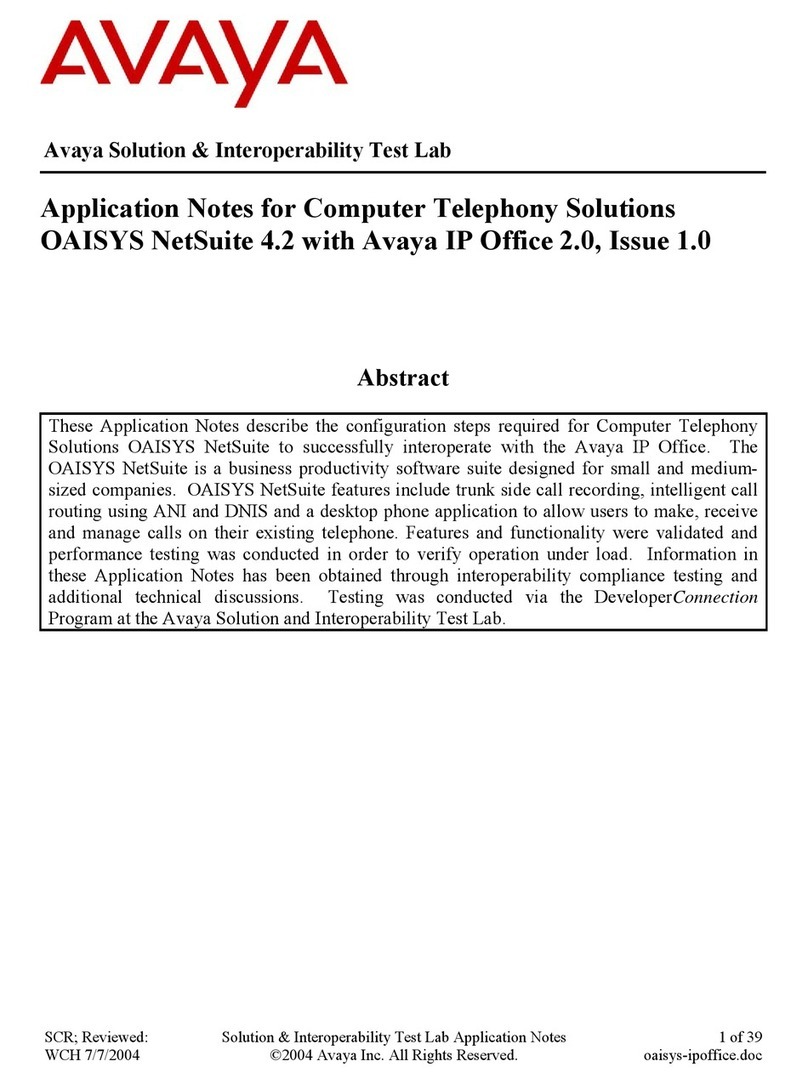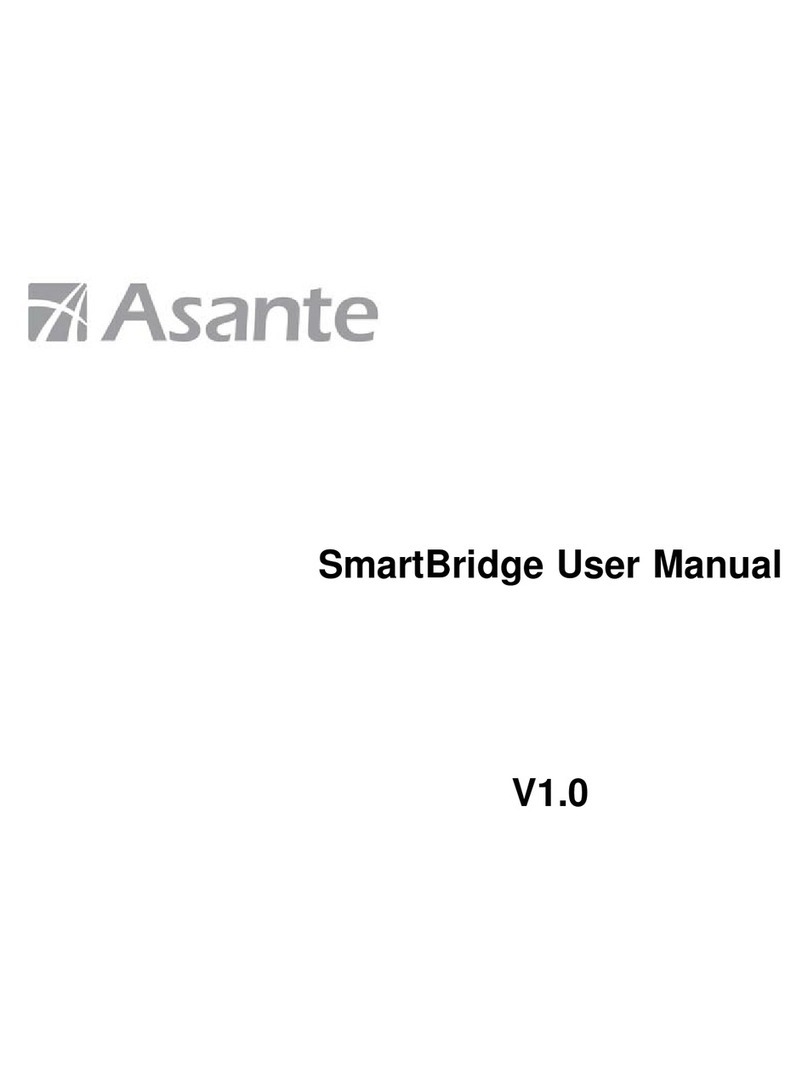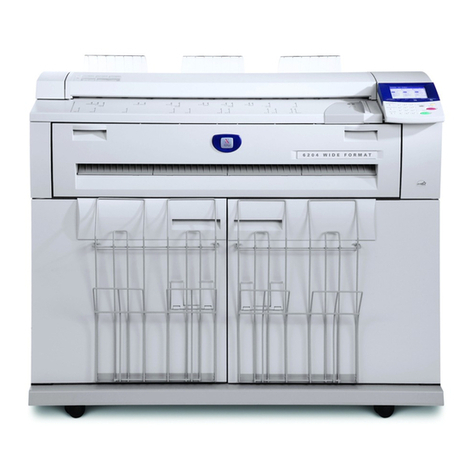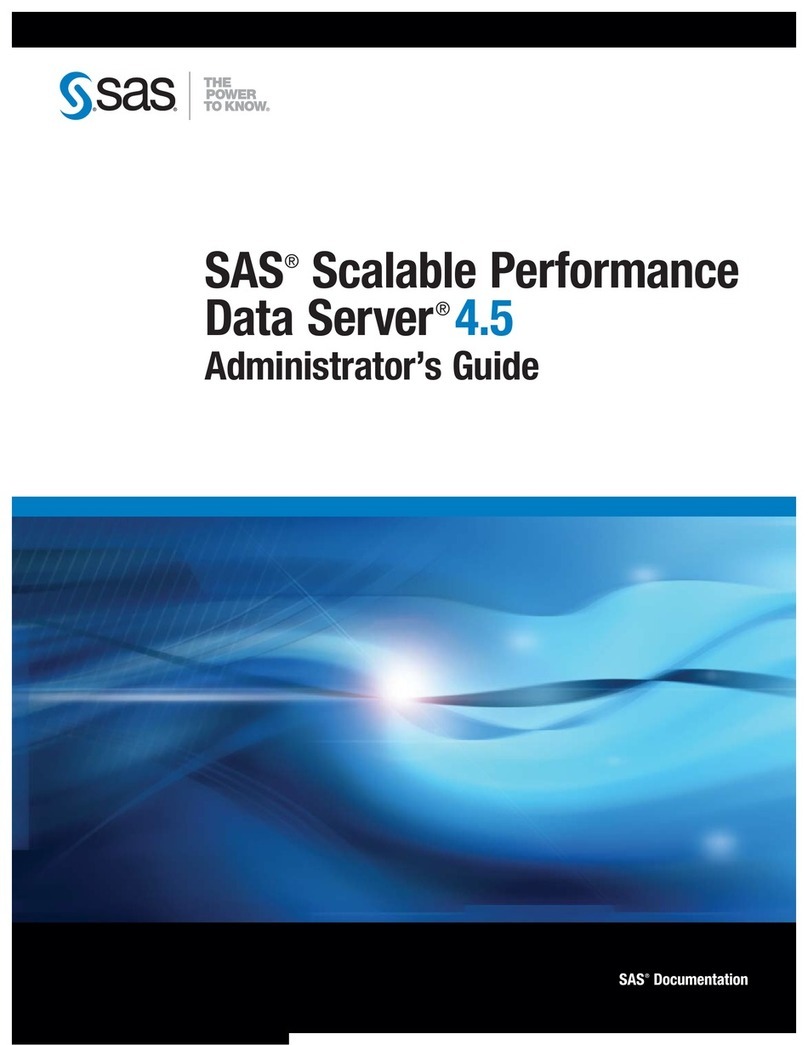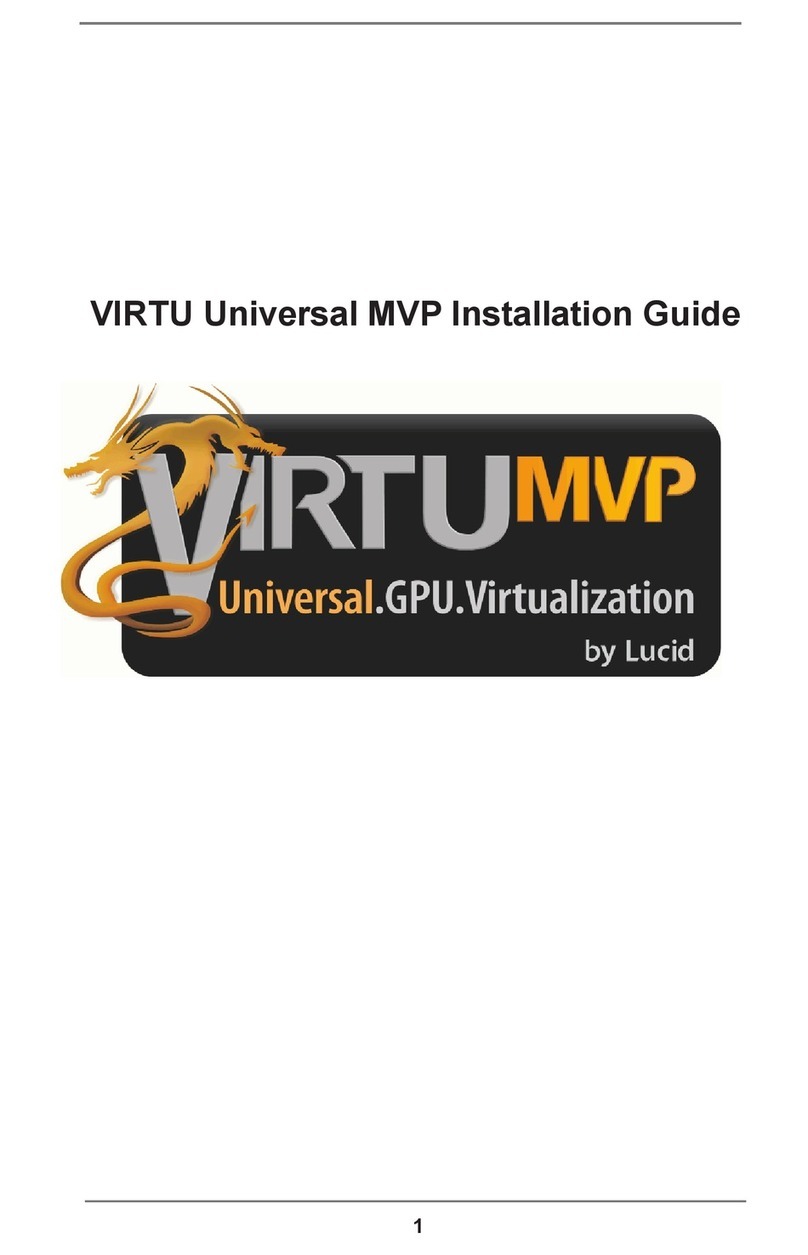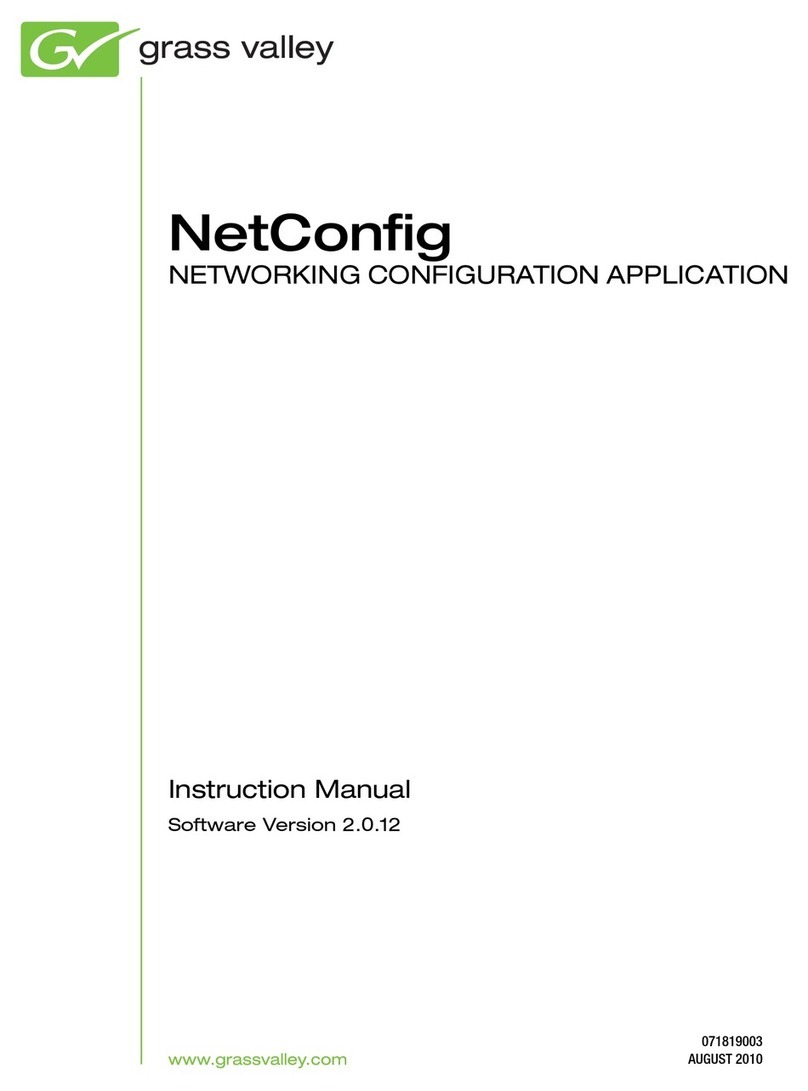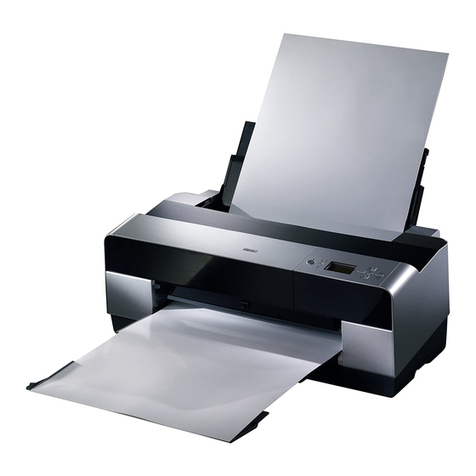
Amanda@Mini-SOHO Quick Setup
Using the Voicemail Utility Program (VUP)
9
•Menu 8 is used for callers to quickly leave a message for a mailbox without ringing their
extension.
•Menu 9 is used by mailbox owners to login to their mailbox so they can retrieve messages,
record their personal greeting or change mailbox settings.
•The EOM (end of message) will be processed if the caller takes no action. The default
transfers to the operator.
Important Note: To enable the auto-attendant to transfer calls, you MUST define the first digit
of your extension range as a menu option. This can be done by clicking on the upside down
triangle and selecting “Direct Call to Extension” for that menu option. When using a 3 or 4 digit
dialing plan, this is very easy since typically you will have extensions within one extension range
like 300-399 or 4000-4999. However, if you have a 2 digit dialing plan and your extension range
first digit varies, i.e. 10-29 you must also enable “Direct Call to Extension” for menu option 2, etc.
You can also define additional menu options. Simply select one of the operations from the drop
down list and fill in any appropriate information if applicable.
15) Completing the Wizard (Finish)
•Page 8 of 8 states that you have finished entering your integration parameters. Simply click
finish to keep your changes.
16) Configuring Auto Mode
The Mini-SOHO can be used in Day mode, Night mode, Holiday mode, and Break mode. Changing
the mode manually can be done by clicking on the “Auto-Attendant” menu followed by “Time &
Date”. The only mode which supports automatic scheduling is the “Auto” mode. You MUST program

